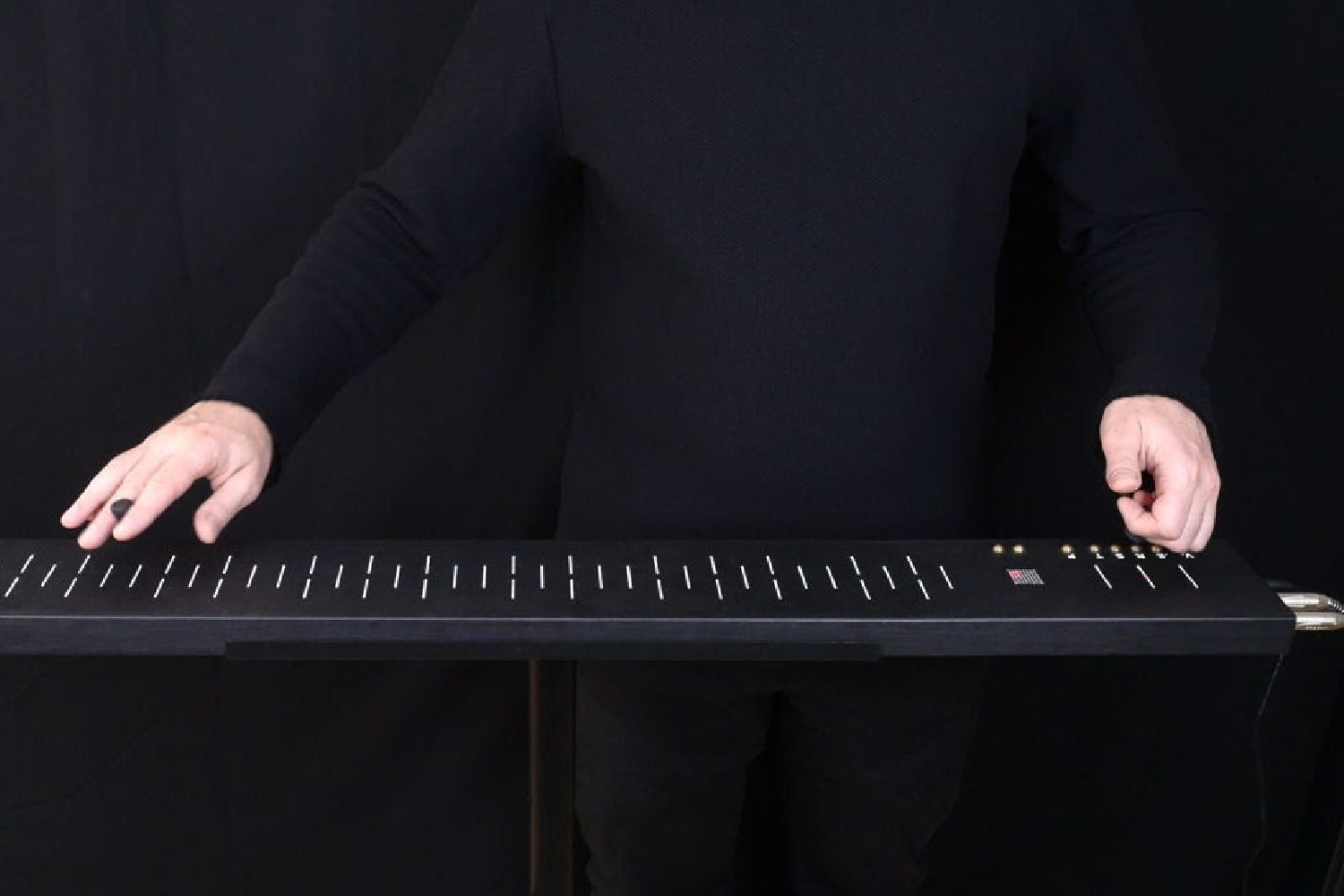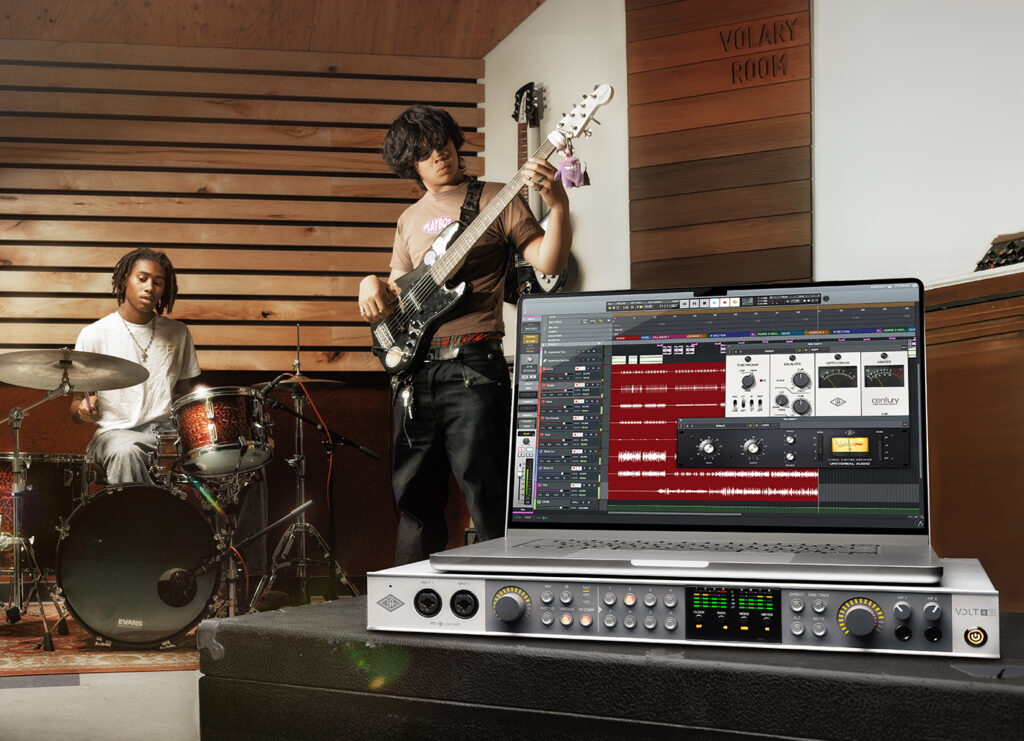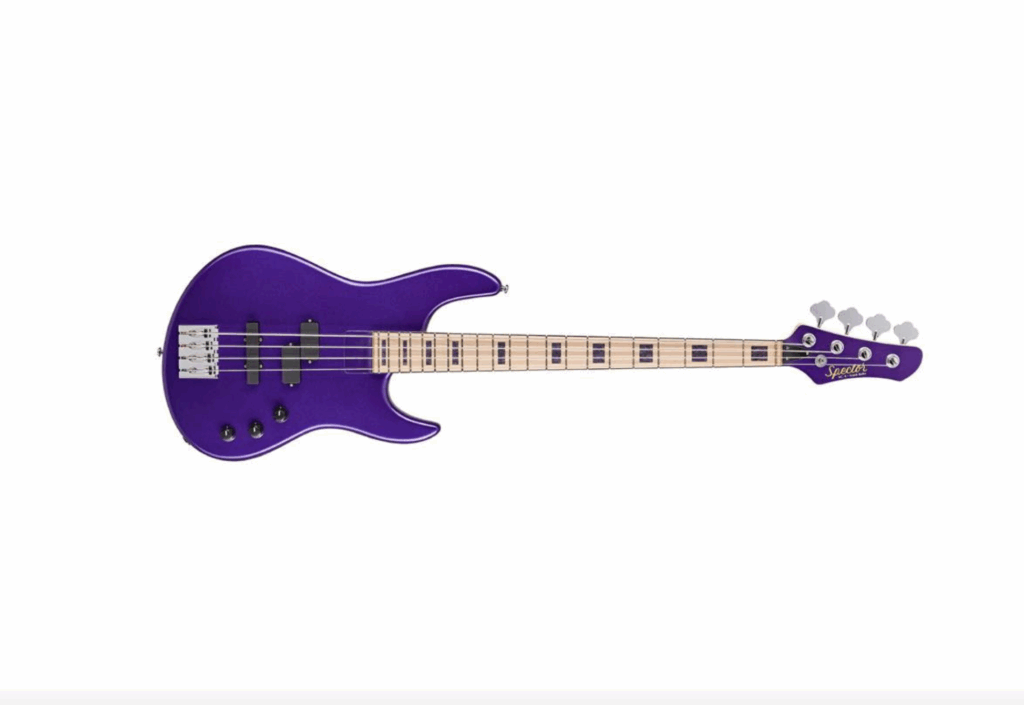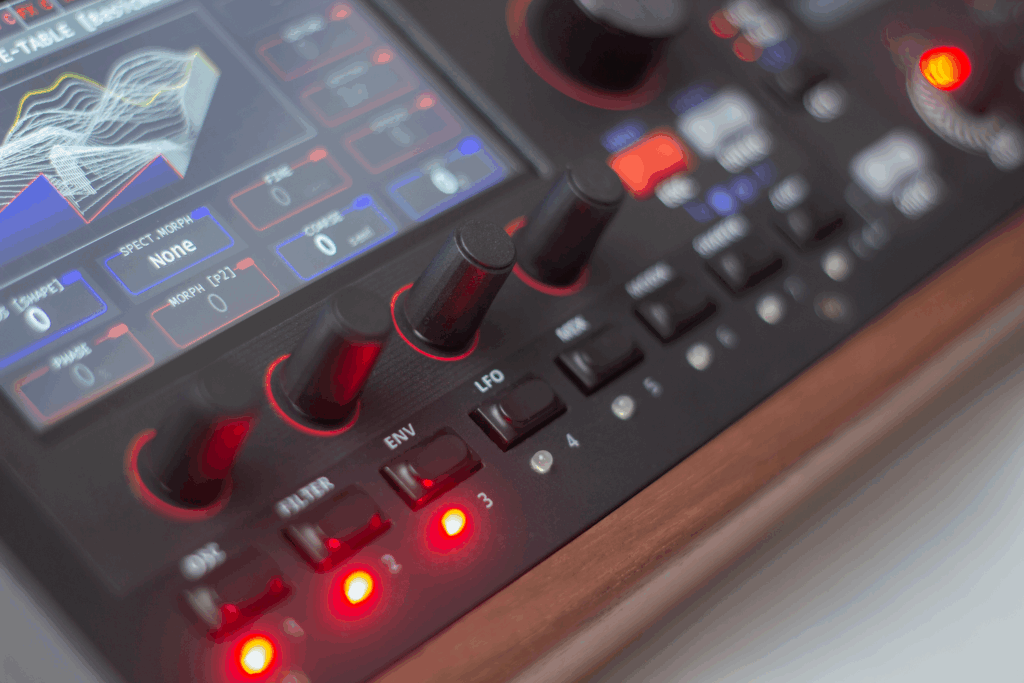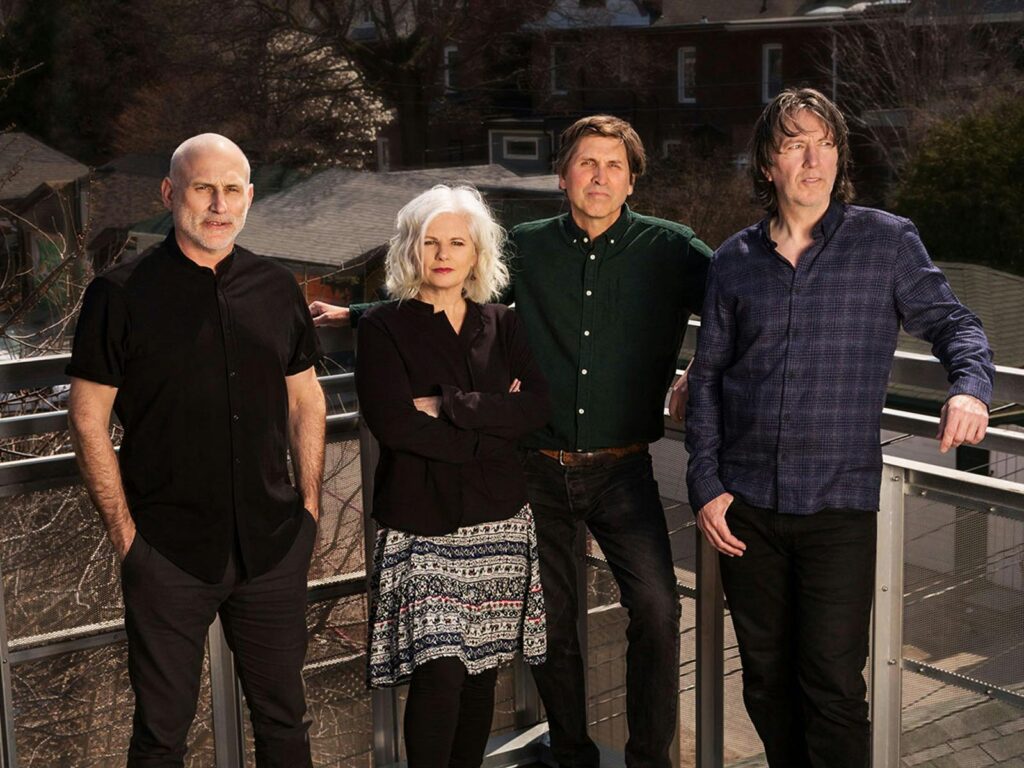FLUX combines the musicality and expression of classical instruments, while harnessing the power of modern technology within a purpose-built and revolutionary user interface.
SOMA Laboratory, maker of experimental synthesizers and sound machines, announced the formal launch of FLUX: a high-end, professional synthesizer with unparalleled expressive possibilities. FLUX, whose name connotates continuous, infinite movement, has been under development for one year.
SOMA Laboratory
FLUX pays homage to Leo Theremin’s Thereminvox instrument in that the user is able to control the sound by simply using hand motions in the air – but FLUX is based on magnetic principles rather than relying on the capacitive coupling of hands and antennae to generate sound. For this, the musician holds a magnetic bow in each hand, and a multipolar magnetic sensor is used to register the user’s hand positions and movements: the X coordinate of the artist’s right-hand bow controls the pitch, and the Z coordinate controls volume. Meantime, the left-hand bow’s X, Y and Z coordinates control the various synthesis parameters.
FLUX’s unique motion-based interface provides musical artists with an all-new medium of expression. Since a magnet has two poles, FLUX not only detects the bow’s spatial coordinates, but also its angle. This means that flipping the right-hand bow on the Y-axis changes the octave, allowing a range of six continuous octaves – without transposing the keyboard. With transposition, artists can achieve a range of sub-bass all the way to ultrasonic. The left-right tilting of the right-hand bow on the X-axis controls two independent modulation parameters.
